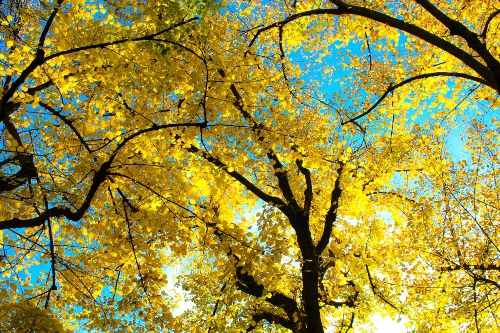Put Your Garden to Bed For a Long Winter Nap
 One of the nicest things about living in the Atlanta area is that one can safely plant and work on gardens and landscapes almost all year long. For those who have not already done so, December can be a wonderful time to prepare your landscape for the coming winter deciduous period. It’s also the perfect time to reevaluate it for any changes and improvements you’d like to make.
One of the nicest things about living in the Atlanta area is that one can safely plant and work on gardens and landscapes almost all year long. For those who have not already done so, December can be a wonderful time to prepare your landscape for the coming winter deciduous period. It’s also the perfect time to reevaluate it for any changes and improvements you’d like to make.
When a sustained cold snap hits, our plantings will droop with the exhaustion of Atlanta’s long growing period. Before that happens it’s important to tuck them in and make them “snug in their beds”.
We should feed our plants before their hibernation so they will rest at ease. It’s best to feed them with a 10-0-10 fertilizer supplement that is available at most garden centers. That formula gives a good nitrogen boost to accelerate decomposition of the mulch we will apply, and prevents competition with plant roots for this vital nutrient. Notice the “0”. This fertilizer is potassium free. That’s important to note because an overabundance of potassium currently exists in our water tables, which puts our eco-system out of balance.
Application of a good thick blanket of mulch, (4-6” deep,) will keep roots warm and healthy. Mulch also helps hold moisture in and keeps the soil arable. Many of us purchase pine straw to spread for mulch. Less expensive ways to mulch include using tree chips or shredded leaves. If you’d like to use tree chips you should contact a tree service that is working in your area. Most are more than happy to deliver chips and shreds for free. It’s a good idea to designate a spot where the chips can sit for a time unless you can move them quickly from your driveway.
Yards that feature deciduous trees have a built-in, free source of mulch. Fallen leaves, twigs, and small pieces of tree branches can be shredded with a leaf mulcher, or even a lawn mower, to produce a fluffy and nutrient rich mulch. Alternatively, you can pile raked leaves and fallen branches in hidden areas of your yard. Leave them to decay until next fall when they’ll be ready for mulching without having to shred them.
Once you’ve fed and mulched your plants, or “tucked them in,” you may want to take some time to evaluate your garden. Decide which plants need trimming or shaping. Take care of those that don’t carry spring buds. Leave spring-bloomers, such as azaleas and camellias, until after they’ve blossomed. Some flowering plants that have reseeded may need reigning in. Look for signs of disease among your plants and treat any that you find. Once deciduous plants have dropped their leaves, holes in the landscape that could benefit from evergreen “bones” become apparent. Fill them in and let them take root during the winter months.
Remember that a well maintained landscape is an asset to your home and can improve your home’s value.
Watch this space for seasonal home care tips.
If you like this, share it

